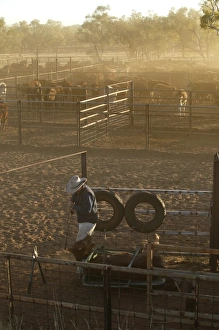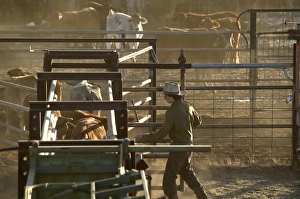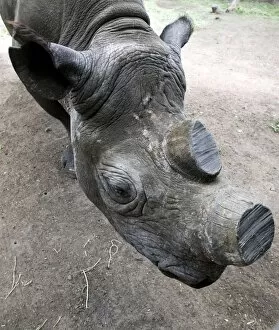Dehorning Collection
Dehorning Time on a Dairy Farm: A Comparison of Practices between Domestic Cattle and Rhinoceros Conservation [Picture 1 & 2] In Cheshire, England
All Professionally Made to Order for Quick Shipping
Dehorning Time on a Dairy Farm: A Comparison of Practices between Domestic Cattle and Rhinoceros Conservation [Picture 1 & 2] In Cheshire, England, a farmer prepares for dehorning season on his Holstein dairy farm. With iron dehorning buds heating up [Picture 3], the process begins to ensure the safety and wellbeing of the calves [Picture 4]. The farmer applies antiseptic [Picture 5] and administers anesthetic [Picture 6] before dehorning to minimize discomfort. [Picture 7 & 8] Contrastingly, in rhinoceros conservation efforts, a crucial measure to protect these endangered animals from poachers. Rhino horns are valuable in black markets, leading to poaching and the threat of extinction. In controlled environments, conservationists carefully remove the horns [Picture 9] to prevent further harm and ensure the safety of the animals [Picture 10]. Both practices, though different in context, aim to ensure the wellbeing and safety of their respective species. Dehorning in dairy farming is a standard procedure to prevent injuries among calves, while in rhinoceros conservation, it is a critical measure to protect these endangered animals from poaching.







